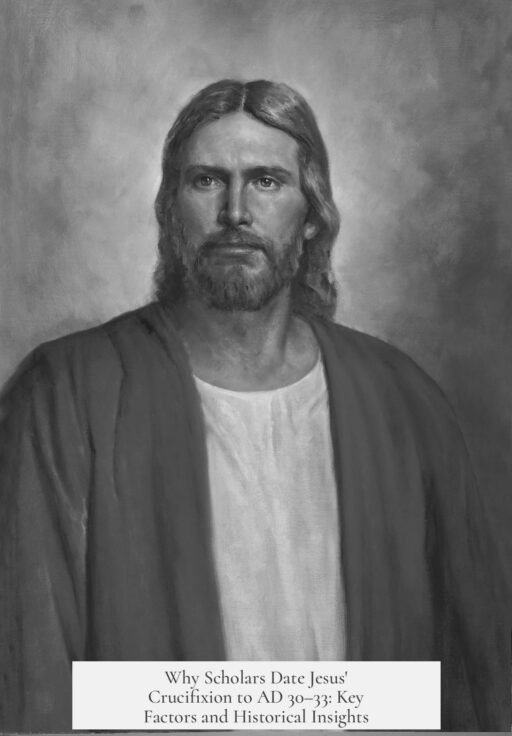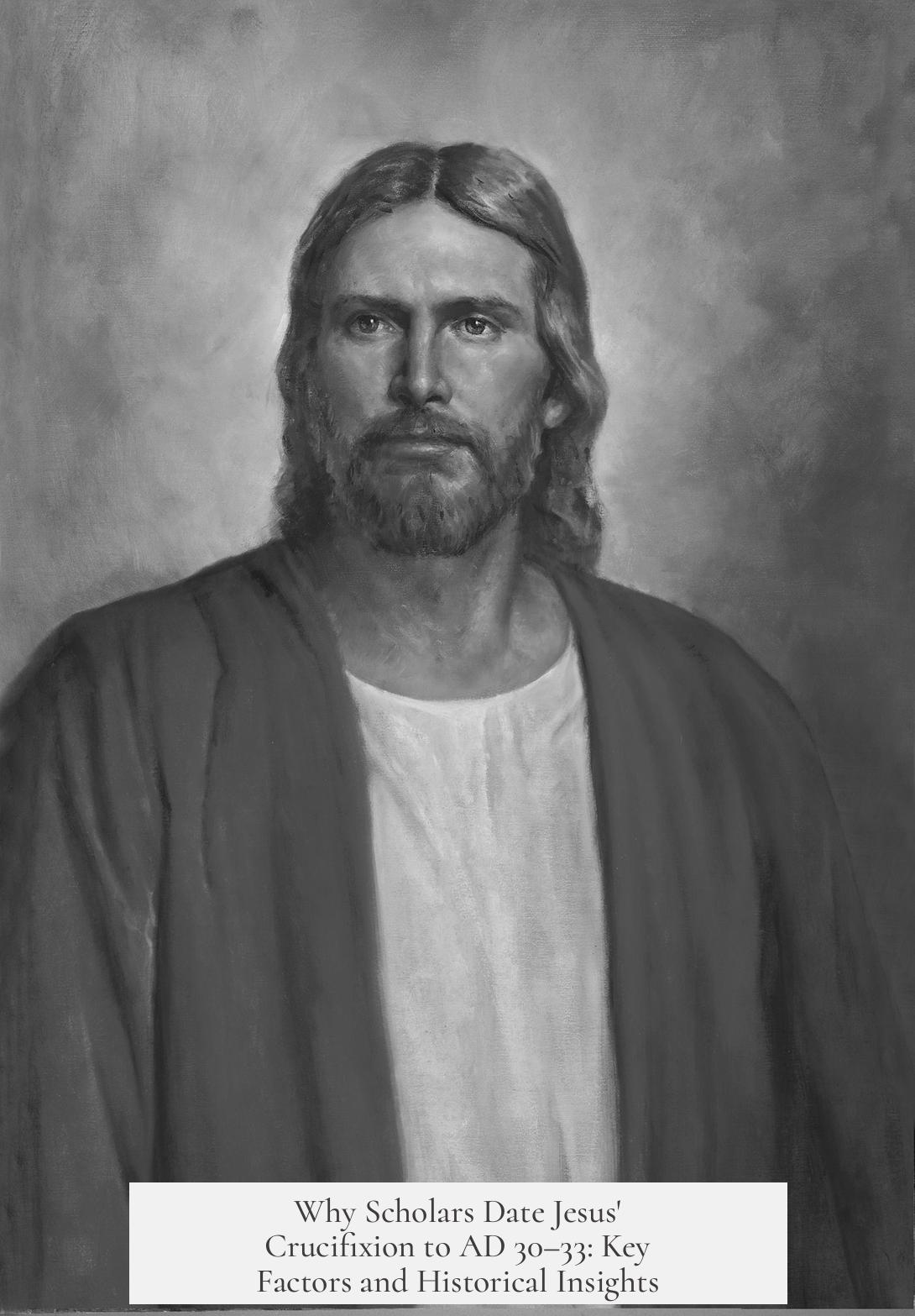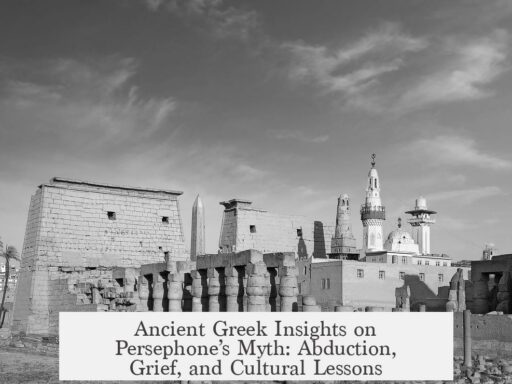Jesus’ crucifixion is dated to AD 30–33 due to a combination of biblical references, historical contexts, and ancient traditions that together form a plausible timeframe. This dating arises primarily from the New Testament’s indirect clues and corroborating historical data concerning the reign of Emperor Tiberius, the length of Jesus’ ministry, and the timing of significant Jewish festivals like Passover.
The critical anchor for dating Jesus’ ministry is the Gospel of Luke, which states that John the Baptist began preaching in the 15th year of Emperor Tiberius. Historians interpret this as roughly AD 28–29, using the Syrian calendar that counts Tiberius’ 15th year as starting in October 28 CE and ending in September 29 CE. Jesus is then baptized by John approximately a year later. After this baptism, Jesus’ public ministry is generally understood to last around one to three years, with crucifixion following shortly after. These details provide a temporal framework but lack explicit calendar dates.
Different approaches to interpreting these markers lead to two main chronologies: a short and a long one. The short chronology assumes Jesus’ ministry lasted about one year, placing the crucifixion close to AD 29 or 30. The long chronology, favored by some ancient sources, suggests a ministry spanning around three years, situating the crucifixion near AD 31–33. This longer duration is supported by references to Jesus’ participation in three Passover festivals, as noted in the Gospel of John, whereas the Synoptic Gospels typically reference only one or two.
Ancient Christian writers also contribute to these chronologies. Figures such as Clement of Alexandria, Tertullian, Hippolytus of Rome, and Lactantius cite the year 29 CE for the crucifixion. Conversely, Julius Africanus rejected this date, while Eusebius and Epiphanius proposed dates around AD 31, attempting to reconcile varying calendars. Early Christian tradition also preserved numerological and symbolic reasoning that influenced these dates, such as aligning Jesus’ death with 25 March, close to the spring equinox and a Friday—an important day in Jewish and Christian traditions.
Typological and symbolic factors further shaped these calculations. Some early Christian sects, such as the Valentinians, believed Jesus’ ministry lasted precisely twelve months. Others linked Jesus’ death to the spring equinox, reinforcing the choice of March dates for crucifixion or resurrection. For instance, one proposed short chronology places the crucifixion on Friday, 25 March AD 29, while a long chronology variant assigns the resurrection to Sunday, 25 March AD 31.
| Factor | Implications for Crucifixion Date |
|---|---|
| Start of John the Baptist’s ministry (Tiberius’ 15th year) | Begins approx. AD 28–29, anchors the timeframe |
| Duration of Jesus’ Ministry | Short: 1 year → Crucifixion c. AD 29–30Long: 3 years → Crucifixion c. AD 31–33 |
| Ancient Christian Sources | Dates from AD 29 to 31 supported; disagreements exist |
| Symbolic Timing (Equinox, Passover, Weekdays) | Dates clustered around March or April, aligning with Jewish festivals |
Modern scholars generally accept a crucifixion date between AD 30 and 33 because this range harmonizes historical records, gospel accounts, and ancient traditions. It reflects the probable window when Jesus was active and met his death under Pontius Pilate’s governorship, roughly AD 26–36. Some hypotheses rest on Jesus’ age at ministry start (near 30) and interpret gospel sequences alongside external sources. If Jesus was about 30 years old during his ministry beginning around AD 29, his death would fall near AD 30. Alternatively, if he was closer to 33, the long chronology aligns better with a death around AD 33.
These dates emerge from piecing together text fragments, calendar computations, and early church writings rather than explicit historical records. No single document states a precise year of crucifixion; instead, scholars infer the date by evaluating multiple data points.
In summary, the accepted AD 30–33 range is a reasoned consensus based on:
- Luke’s account linking John the Baptist’s ministry start to Emperor Tiberius’ 15th year (ca. AD 29)
- Differing views on Jesus’ ministry length, spanning 1 to 3 years
- Ancient Christian writers offering varied but overlapping dates within this range
- Symbolic and Jewish calendrical considerations aligning with Passover and equinox timings
- Historical constraints, including Pilate’s governorship and traditional assumptions about Jesus’ age
These layers of evidence weave together to frame the crucifixion within this period, illustrating how historians combine biblical texts, tradition, and historical analysis to establish plausible chronological bounds.
- Luke sets John the Baptist’s preaching around AD 28-29, providing a temporal starting point.
- Jesus’ ministry length remains debated; 1 to 3 years affect crucifixion dating accordingly.
- Ancient church writers present conflicting yet related dates from AD 29 to 31.
- Jewish festivals and symbolic calendar dates influence proposed crucifixion days.
- The general scholarly consensus supports the AD 30–33 timeframe as most consistent with evidence.
Why is Jesus’ Crucifixion Dated to AD 30–33?
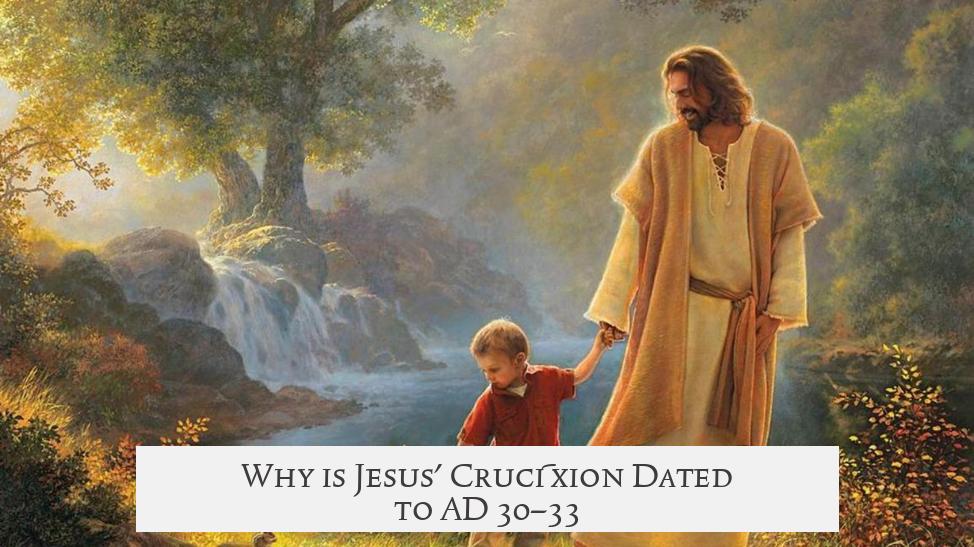
Short answer: The dating of Jesus’ crucifixion to AD 30–33 relies on piecing together biblical hints, historical clues like Emperor Tiberius’ reign, and early Christian traditions; it is a best-guess informed by inferences, not a fixed timestamp.
Let’s dive deep into this fascinating historical detective story! Why is this particular period considered the most probable for the crucifixion? It turns out the answer is a mixture of gospel text interpretations, historical records, and even numerology-inspired beliefs. Grab your magnifying glass; we’re exploring layers of clues.
Foundations: Emperor Tiberius and the Start of Jesus’ Ministry
The Gospel of Luke offers a fixed point: John the Baptist begins preaching in the 15th year of Emperor Tiberius (Luke 3:1).
Why does this matter? Emperor Tiberius’ reign is a documented historical fact, starting AD 14. So, the 15th year roughly translates to late 28 or early 29 CE. Using this as the anchor, scholars estimate John’s preaching kicks off around AD 29.
Next comes Jesus, who receives baptism from John. The biblical narrative suggests this occurs about a year later, marking the start of Jesus’ active ministry in the same general timeframe, around 29 CE.
This chronological clue is crucial. It places Jesus’ ministry—and so his crucifixion—squarely in the era of Emperor Tiberius, giving historians a solid frame of reference beyond just theological texts.
The Mystery of Ministry Length: A Year or Three?
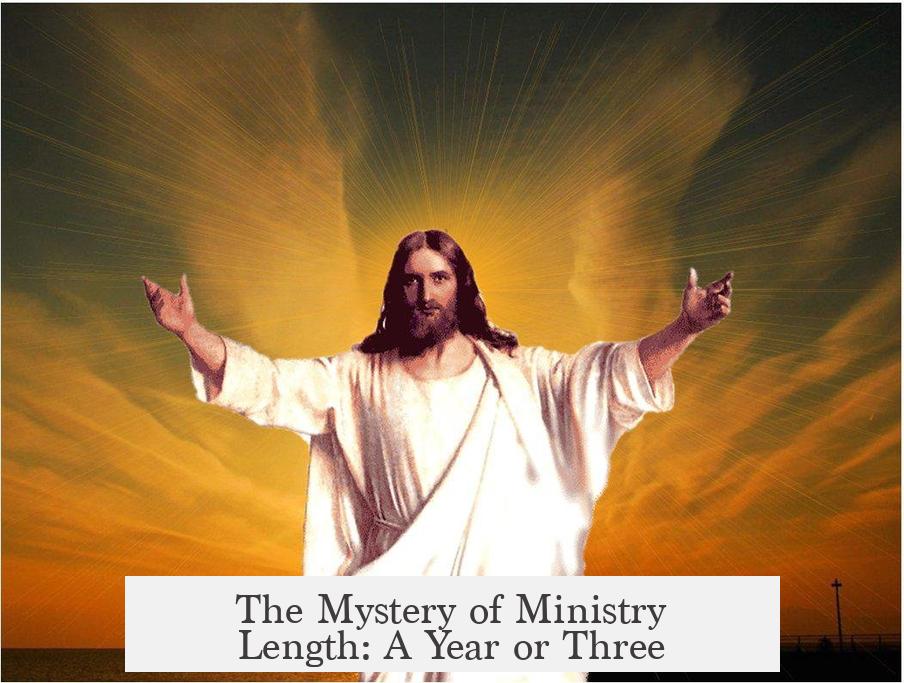
So how long was Jesus’ ministry? The gospels don’t give a neat calendar with dates circled in red.
There are two main theories:
- The Short Chronology: Jesus’ ministry lasted around one year.
- The Long Chronology: Jesus’ ministry spanned about three years.
Where does this debate come from? It’s based on how many Passovers are mentioned during Jesus’ public activities.
John the Gospel seems to mention three Passovers—one at the start, one in the middle, and the final one leading to his death—supporting the long chronology (about three years). The synoptic gospels (Mark, Matthew, Luke), especially Luke, seem to mention only one, suggesting a shorter ministry.
Here’s a fun thought: Maybe Jesus was less about marathon preaching and more about express delivery!
Pinpointing the Crucifixion Year
Once the ministry length theory is in place, scholars attempt to backtrack or fast forward to the crucifixion year:
- Short chronology (around 1 year) places crucifixion around AD 29 or 30.
- Long chronology (around 3 years) suggests crucifixion between AD 31 and 33.
Why not earlier or later? Because these dates align with both the starting point of John’s ministry and assumptions about Jesus’ age. Jesus is widely believed to have been around 30 years old when he began his ministry, consistent with biblical cues.
If Jesus was roughly 30 at ministry start and preached for one year, crucifixion at 29 or 30 CE fits. If ministry lasted three years, crucifixion would naturally fall between 31 and 33 CE.
Numerology and Symbolic Dates: The Spring Equinox and 25 March
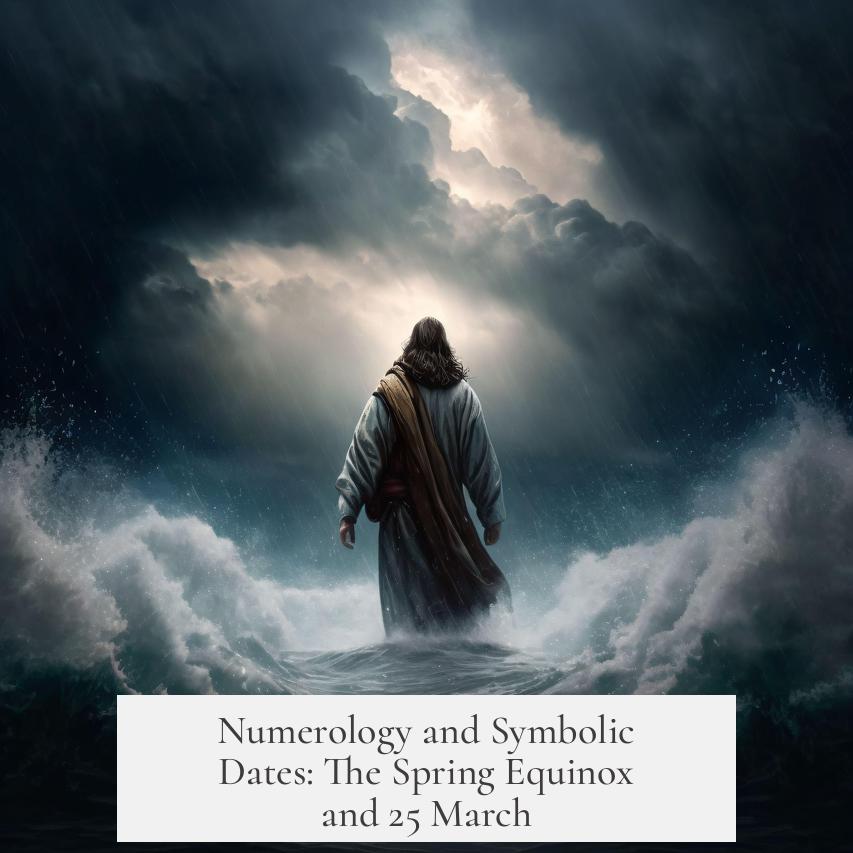
Now things get colorful. Early Christian thinkers infused numerology and calendar symbolism into dating the events.
For instance, many believed Jesus’ ministry lasted precisely 12 months—matching the symbolic number 12 for the apostles. Some traditions connected Jesus’ death with the spring equinox, around March 25.
Here’s a kicker: certain versions of the short chronology place the crucifixion on Friday, 25 March 29 CE, and resurrection on the following Sunday or symbolic dates.
This date is not just pulled out of thin air. It matches the day of the week conventions—Good Friday and Easter Sunday—and fits the spring equinox’s symbolic rebirth themes.
However, this symbolism sometimes conflicts with actual weekday calculations, revealing the mix of theology and historical attempt that colors these dates.
Ancient Sources: Discrepancies and Consensus
Historical sources from the 2nd to 4th centuries weigh in with varying opinions:
- Clement of Alexandria, Tertullian, Hippolytus of Rome, and Lactantius favor the AD 29 crucifixion.
- Julius Africanus dismisses the AD 29 date.
- Eusebius and Epiphanius suggest AD 31.
Lactantius, for example, oddly puts the resurrection on 25 March 29 CE and crucifixion on 23 March, overlooking the fact those were Wednesday and Friday respectively. Shows how early Christian writers wrestled with calendars.
Eusebius’s AD 30/31 date likely stems from efforts to reconcile different calendar systems—Julian, Hebrew, and Roman—which were, let’s say, less than perfectly aligned.
Ancient calculations can feel like a game of historical pin-the-tail-on-the-donkey when you factor in such calendar complications!
Summary Table of Crucifixion Dates and Their Origins

| Date | Underlying Reasoning | Sources / Traditions |
|---|---|---|
| AD 29 | Short chronology; crucifixion on symbolic Friday, 25 March; Passover-equinox symbolism. | Clement of Alexandria, Tertullian, Hippolytus |
| AD 30 | Short chronology assuming baptism and crucifixion ~1 year apart per Luke 3. | Modern scholarship |
| AD 31 | Long chronology, 3 Passovers fitting ~3 year ministry. | Eusebius, Epiphanius |
| AD 32 | Alternative long chronology date based on gospel chronology. | Scholarly inference |
| AD 33 | Completes long chronology tied to symbolic age and birth assumptions. | Traditional modern consensus |
Why Modern Scholars Favor the AD 30–33 Range
Modern historians and biblical scholars rely on several connected points:
- The firm historical anchor of John the Baptist’s ministry starting in Tiberius’ 15th year—around AD 29.
- Ambiguity about ministry length, leading to interpretative ranges between one and three years.
- Jesus’ approximate age at ministry start, likely near 30.
- Ancient Christian traditions and symbolic dates, especially around spring equinox and Passover.
- Early church father writings and attempts to reconcile dates with Jewish calendar and Roman civil calendars.
Scholars stress that the AD 30 to 33 range is not directly stated in any gospel but is best understood as a well-reasoned logical inference from the combined evidence available.
Engaging With the Dating Debate: Why Does it Matter?

Why should you care about exactly when Jesus was crucified? Because pinpointing this event helps synchronize Christian history with the broader Roman and Jewish historical timeline. It grounds theology in history.
Moreover, for biblical scholars and archaeologists, more precise dating unravels contexts—social, political, and religious—that impacted early Christianity.
And for everyone else? It’s a great example of how history, narrative, symbolism, and detective work mix in amazing ways. Understanding the dating debate encourages critical thinking about all historical events, especially those woven through layers of tradition.
Practical Takeaway: How to Approach Dates in Ancient History
When dealing with ancient chronology like Jesus’ crucifixion date, keep in mind:
- Historical “facts” often rest on partial information plus interpretation.
- Chronological clues come from various fields: literature, archaeology, astronomy, and even theology.
- Be ready for approximations rather than exact answers.
- Respect the traditions and viewpoints but appreciate scholarly rigor.
So next time you see a precise date like “Crucifixion – AD 30,” smile and think: this is a carefully reasoned best-guess drawn from multiple layers of evidence spanning centuries.
Final Words
The crucifixion of Jesus is dated to AD 30–33 not because the New Testament says so with a calendar date stamp but because historians link clues like Tiberius’ reign, ministry length, Passover references, and early Christian writings. It’s a layered puzzle built from rock-solid historical anchors and traditions shaped by symbolic interpretations.
Far from being a dry academic issue, it reveals how ancient people, theologians, and modern scholars engage with the past—blending fact, faith, and the human desire to make sense of monumental events.
Interested in diving deeper? Exploring these dates reveals exciting intersections of history, faith, and culture. Who knew that unlocking the calendar of a historical event from two thousand years ago could be such an intriguing adventure?
